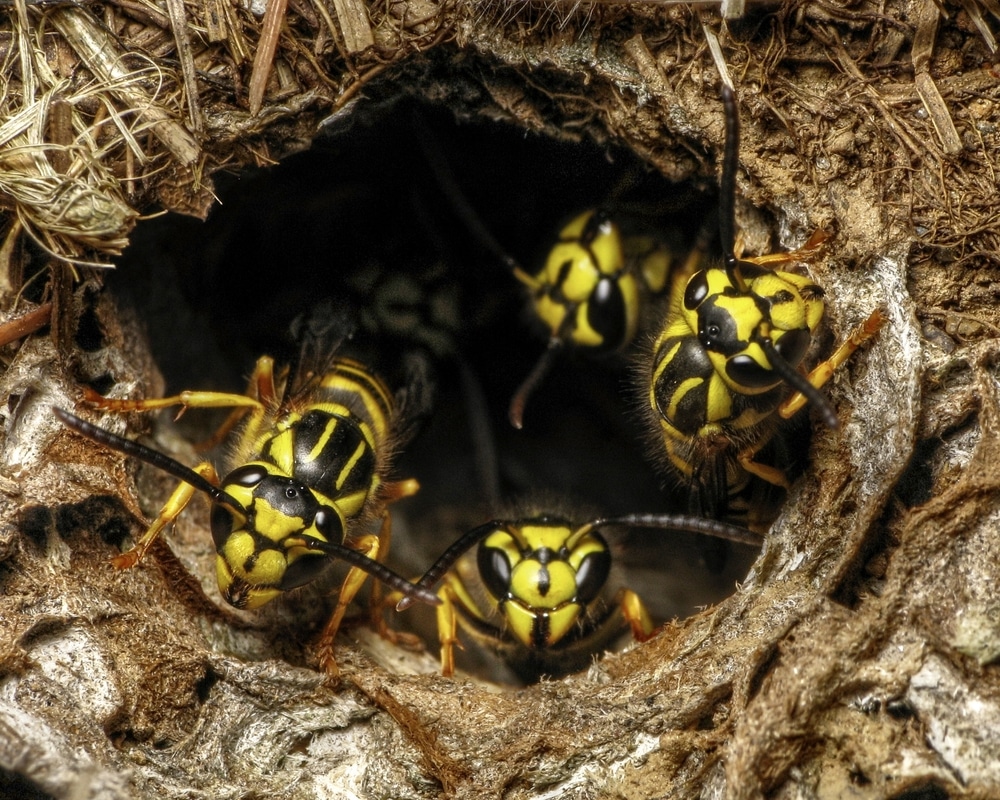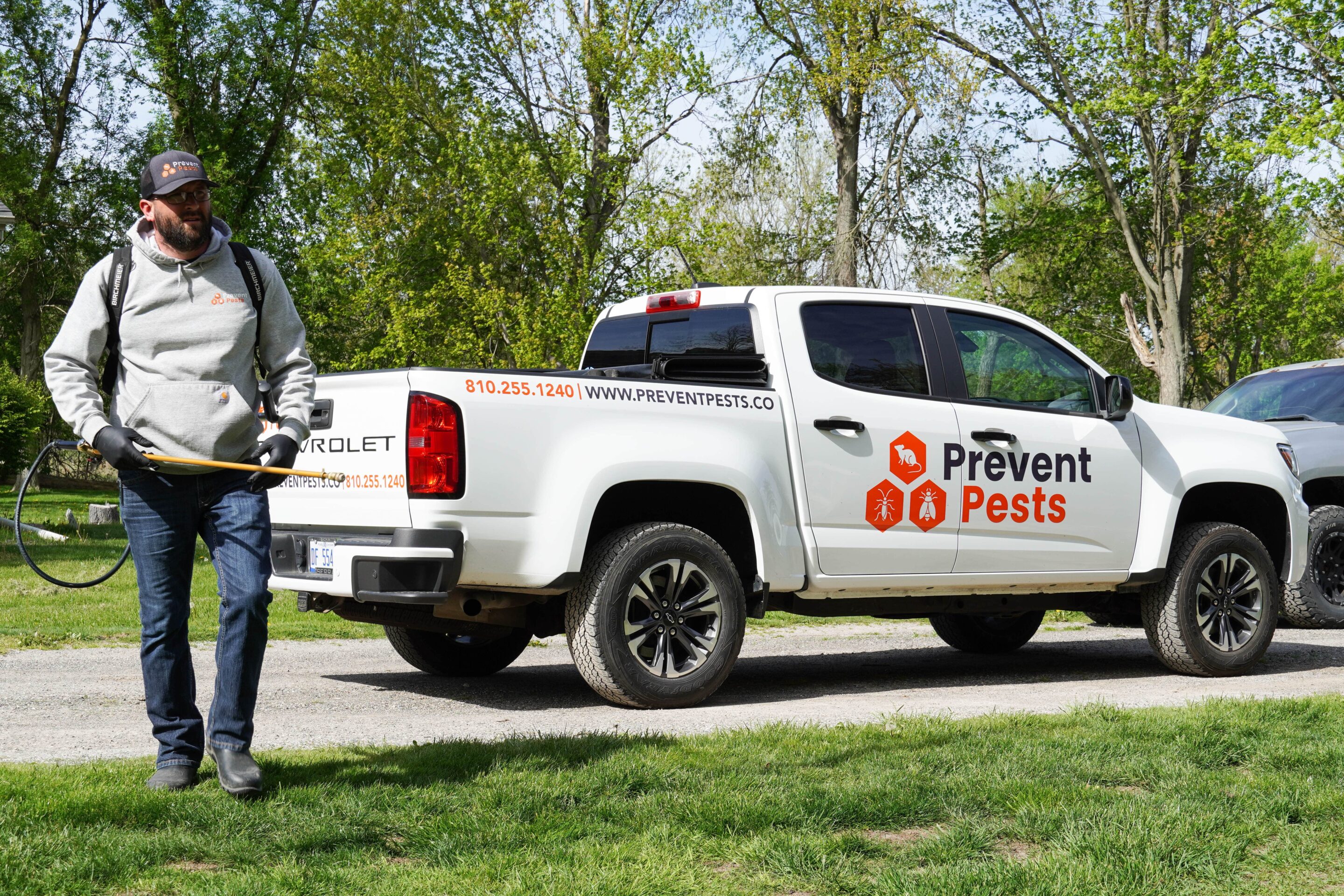Yellow Jackets Facts & Information
Prevent Pest Control is always reliable. Always innovative.
What You Should Know About Yellow Jackets
The North American yellow jacket wasp is a common sight in the late summer and early fall. They are painful stingers and aggressive insects that belong to the Vespidae family. One reason yellow jackets are so terrifying is that, unlike honeybees, they can sting multiple times. During outdoor activities, these social insects are drawn to food and sugary drinks, and they construct their nests in the ground, walls, or eaves.

Our Services
Expertise and Reliability
Mosquito Guid
Tick Guid
Bed Bug Guid
Flea Guid
Cockroach Guid
Yellow Jacket Guid
Carpenter Ant Guid
Rodent Guid
What Yellow Jackets Look Like and How They Grow
Yellow jackets’ characteristic black and yellow stripes lead many people to confuse them with bees. Yellow jackets are characterized by their hairless, glossy bodies, in contrast to bees. Usually, their length falls somewhere between three-quarters and half an inch. They have six legs, two sets of transparent wings, and a narrow “waist” that connects their thorax and abdomen.
Males tend to be smaller than females, whether they are workers or queens. The queen, being the biggest member of the colony, is in charge of establishing and sustaining the community. Drone males are essential to the mating process and are smaller than females. Females are the only ones with stingers, and they can use them repeatedly.
In the spring, after a queen has laid eggs, she emerges from hibernation and constructs a modest nest, marking the beginning of the yellow jacket life cycle. She produces wasps by laying eggs, which eventually mature into worker wasps. During the summer, these workers tend to the nest and help it grow. New queens and males are produced by the colony by the end of summer, and they mate before the colony dies out in the fall.
What Makes Yellow Jackets Different from Other Insects
The flying patterns of yellow jackets are quick and direct, and they are strong fliers. Their ability to sting repeatedly is a defense mechanism that distinguishes them from bees; their stingers are smooth. They build paper-like nests out of chewed wood fibers and hide them underground or in cracks in walls. As the seasons change, yellow jackets also change their food sources, moving from insects to sweet foods. Foraging efficiency and nest defense are both improved by their capacity to coordinate as a colony.
Daily Routines and Living Habits of Yellow Jackets
In their organized colony system, which consists of a queen, workers, and males, yellow jackets are extremely sociable insects. The workers leave the nest during the day to find food, which consists of both protein-rich foods like insects and carrion at the beginning of the season and sweeter substances later on. When a queen bee lays eggs, those eggs develop into larvae, which the workers then nourish until they reach maturity. At the end of summer, colonies reach their largest size.
If you happen to be outdoors, you might spot a yellow jacket nesting in a hollow log, under a shrub, or on the ground. Indoors, they may construct their nests in confined spaces such as walls, attics, or under eaves. They thrive in hot, sunny, dry weather and like it when it’s warm outside. Yellow jackets aren’t usually attracted to artificial light and aren’t very active at night.
Even though they don’t need standing water to live, they do better in places that are consistently warm and have food nearby. They become more aggressive in late summer when food becomes scarce or when their nests are disturbed.
How to Spot and Understand a Yellow Jacket Infestation
Particularly in highly populated areas, a yellow jacket infestation poses serious safety risks. Their nests may be underground, in wall cavities, or beneath eaves. Wasps may be more active in the area around potential entry points, nests may be visible, and a continuous buzzing sound may be heard. Infestations, particularly in households with children or pets, can cause unpleasant stings, allergic reactions, and even fear. They are a threat in homes and kitchens because they can get in through cracks or vents. The presence of a nest in a wall void can cause drywall staining or damage if not treated, although it does not cause structural damage like termites.
How Yellow Jackets Can Affect Your Health and Safety
The ability of yellow jackets to sting multiple times makes them a very dangerous insect. Their venomous stings can produce a rapid onset of painful swelling, redness, and itching. Stings can cause serious reactions in some people, particularly those who are allergic to the venom of insects. These reactions can include hives, trouble breathing, dizziness, or even anaphylaxis, a potentially fatal condition that requires immediate medical assistance.
Numerous stings can cause severe side effects, such as nausea, headache, or infection if the affected area is overly scratched, even in people who do not have allergies. Accidental encounters with yellow jackets typically lead to multiple stings, which can increase the likelihood of a severe reaction, due to the aggressiveness and protectiveness of their nests. In extremely rare instances, swelling that blocks airways can be caused by stings inside the mouth or throat, typically caused by insects that are hidden in food or drink. Because they can contaminate surfaces while foraging, their presence near food or waste also raises concerns about sanitation.

Get a Free Quote Today!
"(Required)" indicates required fields
